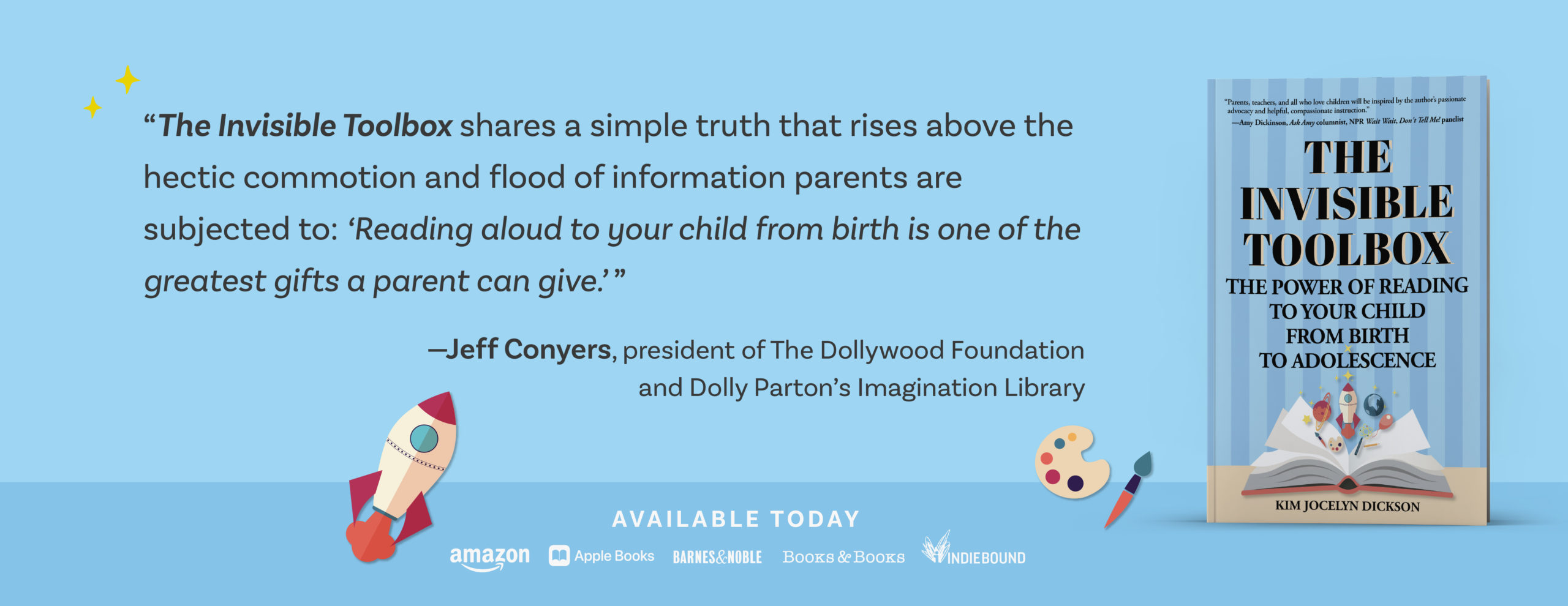The WVA AAP Brings Literacy into Practice
Long before I thought about writing about it I dreamed of a day when every parent’s understanding of where literacy begins would start with the medical community.
So it was an honor to receive the invitation to keynote for the WEST VIRGINIA CHAPTER OF AMERICAN ACADEMY OF PEDIATRICS INC state conference in beautiful Canaan Valley recently.
I love nothing more than sharing the wisdom I’ve learned from over 30 years in the classroom teaching reading, the love of literature, and writing.
But what really excites me is sharing the research I’ve discovered that supports the observations I’ve made and conclusions I’ve drawn.
For example, brain scans show that this “invisible toolbox” that I sensed in my students is actually a metaphor for an actual physical reality that’s built in the brain when children are read to.
I was also asked to share with practitioners how they can work this message into their already full well-child visits.

This took some thought. I am not a pediatrician myself, but fortunately I knew one who was already incorporating literacy education into her practice via Reach Out and Read. Her input was extremely useful and helped me develop a realistic and workable plan for these busy doctors.
I was pleased when I read the comments in the follow up evaluation.
- Eloquent and passionate!
- Understands the critical importance of shared reading from birth and its impact on the child, the family, and society
- (Showed us how to) incorporate early literacy discussions and promote relational health during routine pediatric visits (along with) anticipatory guidance
And here are just a sample of the actions pediatricans indicated they’d implement going forward:
- Incorporate conversations about early childhood literacy during routine well child checks
- Compile a list of topic appropriate books for older kids for my practice
- Do a better job asking about reading habits whenever I see young pediatric patients
It was extremely gratifying to have been so well-received by the nearly one hundred pediatricians in attendance.

As I told these physicians at the wrap up of my talk, they are in a uniquely powerful position to impact the future of American children.
That the American Academy of Pediatrics is encouraging physicians across the nation to share the importance of shared reading with parents during well-child visits is incredibly exciting and promising.
Special kudos to the leaders of this chapter of the AAP in West Virginia, President Jennifer Gerlach, M.D. at Marshall Health and Executive Director Candice Lefeber, for having the insight to understand that literacy is a mental health issue for our children.

In choosing to focus on literacy and mental health at this year’s annual meeting, for inviting me to speak, and for giving each conference participant a copy of The Invisible Toolbox: The Power of Reading to Your Child from Birth to Adolescence, you’ve set in motion a series of actions that will affect West Virginia’s children far into the future.

